Q
how to open byd seal frunk
To open the frunk of the BYD Seal, first make sure the vehicle is unlocked, then head to the front of the car. Look under the front bumper near the BYD logo—there's a hidden physical button or touch-sensitive area there. A quick press or tap will pop the frunk lid open automatically. If you're doing this for the first time and feeling a bit unsure, the owner's manual has clear diagrams to guide you through it.
For our Malaysian drivers, keep in mind that the local hot and humid weather can sometimes affect the sensitivity of electronic components. It's a good idea to regularly check the button contacts for oxidation or dust buildup. As a pure electric vehicle, the Seal's frunk really takes advantage of the space freed up by ditching the traditional engine, so you'll typically get more storage room than in a conventional petrol car. It's perfect for stashing charging cables or small bags.
If you ever run into trouble getting it open, try using the vehicle control menu on the in-car infotainment screen to unlock it electronically. Another thing to check is the 12V auxiliary battery—since some electric unlocking features rely on the low-voltage power system, a flat battery here could be the culprit. Getting to grips with these little details not only makes your daily drives more convenient but also helps Malaysian owners adapt to how EVs like the Seal approach storage space differently compared to petrol-powered cars.
Special Disclaimer: This content is published by users and does not represent the views or position of PCauto.
Related Q&A
Q
What is the most sold electric car in the world 2024?
As of 2024, the world's best-selling electric vehicle is the Tesla Model Y. This ride has won over consumers globally, thanks to its impressive range, cutting-edge autonomous driving tech, and that ever-expanding Supercharger network. It's been particularly killing it in North America, Europe, and Asia. For Malaysian buyers, the Model Y might just be a top contender too. Tesla's been steadily beefing up its presence in Southeast Asia, and that includes rolling out Superchargers in Malaysia. Sure, the local EV scene is still growing, but government support for new energy vehicles—think tax breaks and charging infrastructure pushes—is really helping to drive adoption.
But Tesla isn't the only player in town. Brands like BYD, Hyundai, and Nissan also hold significant chunks of the global EV market. Take the BYD Atto 3 (that's the Yuan PLUS) and Hyundai Ioniq 5, for example—they're gaining traction with their solid value for money and fresh, innovative designs.
For Malaysian consumers eyeing an EV, it pays to weigh factors like range, how easy it is to charge up, after-sales service, and local market support. With tech advancing and policies backing things up, the Malaysian EV market is only going to get more diverse in the years ahead.
Q
What is BYD ranked in the world in 2024?
BYD has solidified its position among the world's top automakers in 2024, with standout performance in the new energy vehicle sector. Industry data shows their sales have cracked the global top three, cementing their status as one of the most influential EV brands around. The secret to BYD's success? Their robust vertical integration – they develop everything in-house, from batteries and motors to electronic control systems. On top of that, they're aggressively expanding overseas, with Southeast Asia (Malaysia included) being a key strategic focus.
For Malaysian buyers, models like the Atto 3 are steadily gaining traction thanks to their strong value proposition and impressive range. Local assembly plans are only set to boost their competitiveness further. A big selling point? BYD's Blade Battery technology, which leads the industry in safety and energy density – a crucial advantage in Malaysia's hot climate.
As the global shift to electrification accelerates, BYD looks primed to grow its market share and roll out more innovative products. If you're a Malaysian considering an EV, make sure to weigh factors like charging infrastructure, warranty policies, and local after-sales support before making your decision.
Q
What is the best-selling EV in China 2024?
The best-selling electric vehicle in China's market for 2024 is the BYD Song PLUS EV. This model has won widespread favor among consumers thanks to its impressive range, spacious interior, and BYD's accumulated technological expertise in the EV sector. As a leader in China's EV market, BYD boasts a product lineup spanning from entry-level to high-end models, catering to the diverse needs of different consumers. The success of the Song PLUS EV also reflects Chinese consumers' preference for family-friendly electric SUVs.
For Malaysian consumers, while BYD might not enjoy the same level of brand recognition as Japanese or German marques in the local market, the technological prowess and cost-effectiveness advantages of Chinese brands like BYD are becoming increasingly evident as EVs gain global traction. It's plausible that they could carve out a significant presence in Malaysia in the years to come.
The development of electric vehicles doesn't solely rely on the performance of the cars themselves; the improvement of charging infrastructure is also a crucial factor driving their widespread adoption. The Malaysian government has been actively pushing for the implementation of EV-related policies in recent years, including the construction of charging stations and vehicle purchase subsidies. These initiatives will create favorable conditions for the promotion of electric vehicles in Malaysia.
Q
How many cars has BYD sold in China in 2024?
I haven't been able to track down specific, standalone figures for BYD's sales exclusively in China for 2024 just yet. However, what we do know is that BYD's global sales hit a whopping 4.27 million units last year, with overseas markets contributing 417,204 units. Doing a little back-of-the-envelope math, that roughly puts their China sales at around 3.8528 million units (4.27 million -41.7204 million=3.852796 million).
2024 was an absolutely stellar year for BYD. They didn't just dominate the sales charts in China; they also clinched the title of the world's top-selling new energy vehicle manufacturer. A big part of their success comes down to their multi-brand strategy – think "BYD," "Fang Cheng Bao," "Denza," and "Yangwang" – each catering to different market segments and needs. On top of that, continuous technological innovation, like their "e-platform 3.0 Evo" and "5th Generation DM Technology," has been a major driver propelling those sales numbers ever higher.
Q
How much is the BYD Seal in 2024?
The 2024 BYD Seal comes in multiple variants with different price tags. Specifically, the BYD Seal Dynamic EV is priced at RM 163,800, the BYD Seal Premium (Extended Range) goes for RM 179,800, and the top-of-the-line BYD Seal Performance AWD hits RM 199,800. All these are pure electric D-segment sedans, boasting solid range and equipment levels. Let's talk dimensions: they stretch 4,800mm in length, 1,875mm in width, 1,460mm in height, with a 2,920mm wheelbase. There's seating for five, and a 400-liter trunk to boot. Performance-wise, the variants differ quite a bit. The Seal Performance AWD, for example, rockets from 0-100km/h in a claimed 3.8 seconds, while the Seal Dynamic EV does the same sprint in a stated 7.5 seconds. So, buyers can pick the one that best fits their needs.
Q
What Segment Does BYD Seal Belong to?
The BYD Seal belongs to the D-segment cars. D-segment cars are typically mid to large-sized vehicles, well-known for striking a balance between space, comfort, and performance.
The BYD Seal has a body length of 4,800 millimeters, a width of 1,875 millimeters, and a wheelbase of 2,920 millimeters, offering passengers a relatively spacious interior. The trunk space is also quite decent. Such specification makes it suitable for comfortable long - distance trips and can meet the sufficient space requirements for daily use. Moreover, in terms of performance, the Seal provides different versions with various power outputs. It can provide a smooth daily driving experience and also offer a more exciting high - performance driving feel. Whether for family users or individual users who desire more space and better performance in their vehicles, the D - segment BYD Seal is an appealing choice.
Q
What's the Reslae Value of BYD Seal?
The BYD Seal, a relatively new electric vehicle in the Malaysian market, currently lacks complete data on its resale value, but general resale value for EVs can provide some references. Due to rapid advancements in EV technology, the resale value of electric vehicles typically declines slightly faster than that of comparable internal combustion engine (ICE) vehicles in the first three years—around 50%-60% for EVs versus 60%-70% for ICE cars.
Key factors influencing resale value include battery health (BYD offers an 8-year/160,000 km battery warranty), growing brand recognition (BYD has shown strong performance in recent years), and the maturity of EV infrastructure (such as charging network development). Compared to similar ICE vehicles, the BYD Seal's extended battery warranty and lower operating costs (electricity being significantly cheaper than fuel) may help mitigate depreciation.
For prospective buyers, it is advisable to consider certified pre-owned programs and maintain complete service records to preserve resale value. As EV adoption increases, more definitive resale value data will be provided.
Q
What's the Displacement of BYD Seal?
The BYD Seal is an electric vehicle, so it doesn't use the traditional "CC" (cubic centimeters, used to measure internal combustion engine displacement) as a metric. It provides different versions, such as the Dynamic EV, Premium (Extended Range), and Performance AWD. In terms of the powertrain, the Dynamic EV version has a total motor power of 150kW, a maximum horsepower of 204PS, and a total torque of 310N·m. The Premium (Extended Range) version has a total motor power of 230kW, a maximum horsepower of 308PS, and a torque of 360N·m. The Performance AWD version is more powerful, with a combined system power of 390kW, a combined horsepower of 523PS, and a combined torque of 670N·m. These motors can provide efficient and strong power output, meeting different consumers' needs for speed, range, etc. Moreover, the all - electric drive also complies with the current trend of environmental protection and energy conservation.
Q
What's the PCD Size of BYD Seal?
The PCD (Pitch Circle Diameter) of the BYD Seal is 5×114.3, which means the wheel hub has 5 bolt holes evenly distributed on a circle with a diameter of 114.3 millimeters, matching the standard used by many mainstream Japanese vehicles (such as Honda and Toyota). So, it's easy to find compatible wheel hub options for modification or replacement in the Malaysian market.
Beyond PCD, wheel modifications also require attention to other parameters, including the hub bore (recommended to use OEM-concentric hub rings for precise fitting), offset (ET value), and wheel width to avoid affecting suspension geometry or causing friction. For wheel upgrades, it is advisable to choose EV-rated products that can accommodate the Seal's battery weight and prioritize purchasing through BYD-certified channels to ensure safety and compatibility.
Q
Does BYD Seal Support Apple Carplay?
The BYD Seal doesn't have the Apple CarPlay feature. Apple CarPlay is a system developed by Apple Inc., which allows iPhone users to connect their devices to the in-vehicle infotainment system. Although some car models in the market support this feature, the BYD Seal isn't one of them.
However, the BYD Seal has its own advanced infotainment system. It's equipped with a 15.6 - inch intelligent rotating touchscreen, which can provide a wide range of entertainment and vehicle control functions. This car also adopts a comprehensive set of standard configurations, such as various safety systems, comfortable seats with multiple adjustment options, and a high - quality sound system with 12 Dynaudio speakers. Even though the Seal doesn't have Apple CarPlay, its own infotainment capabilities can still bring users a convenient and pleasant driving experience.
Latest Q&A
Q
Are there any recalls on a 2020 Hyundai Sonata?
Regarding the recall information of the 2020 Hyundai Sonata, this model has been recalled multiple times worldwide due to potential safety hazards, including fuel pump module failure that may cause engine stalling during driving, welding defects in seat belt pre tensioners that affect protection effectiveness, and software logic errors in the intelligent cruise control system that may cause unexpected acceleration. Car owners can check the specific recall status on the brand's official website by entering the vehicle identification number (VIN). It is worth noting that modern cars usually notify affected car owners through registered mail or text messages. It is recommended to regularly check if contact information is updated to ensure timely receipt of notifications. For second-hand car buyers, they can confirm whether the recall project has been completed by checking the vehicle maintenance records. Unfinished recall services can be handled free of charge at authorized service centers. If any malfunction lights or abnormal situations are found on the dashboard during daily driving, it is necessary to contact after-sales inspection as soon as possible. This proactive recall mechanism reflects the manufacturer's emphasis on safety responsibility and is also a common quality improvement method in the automotive industry.
Q
What is the transmission problem on a 2020 Hyundai Sonata?
The 2020 Hyundai Sonata's transmission issues primarily involve its 7-speed dual-clutch transmission (DCT). Some owners report occasional jerky or delayed shifts during low-speed driving, which typically relates to either the transmission control module (TCM) software calibration or clutch break-in period. Hyundai has released technical updates for certain vehicles to improve shift smoothness.
It's worth noting that DCTs often exhibit these behaviors in stop-and-go traffic—this isn't unique to the Sonata. Many brands' dual-clutch systems require an adaptation phase early on. However, if you encounter severe symptoms like grinding noises or failure to engage gears, visit a dealership immediately, as these may indicate hydraulic or sensor failures.
Regular maintenance is key: always use the specified transmission fluid, especially in hot climates where heat can accelerate fluid breakdown. For used-car shoppers, get a professional inspection to check transmission health and verify any open recalls. Hyundai's been relatively flexible with transmission warranties lately—some out-of-coverage cases have even received goodwill repairs.
Q
What is the safety rating of the 2020 Sonata?
The 2020 Hyundai Sonata delivers outstanding safety performance, earning the "Top Safety Pick+" rating from the IIHS (Insurance Institute for Highway Safety) and a five-star overall safety score in NHTSA (National Highway Traffic Safety Administration) tests. Its standard Hyundai SmartSense suite includes forward collision warning, automatic emergency braking, lane keeping assist, and adaptive cruise control. Higher trims add advanced features like blind-spot monitoring and rear cross-traffic alert.
What’s worth mentioning is its high-strength steel body structure, which significantly improves crash protection. If safety is a top priority for you, it’s helpful to look into the testing standards of IIHS and NHTSA—they focus on different crash scenarios. For example, IIHS’s passenger-side small overlap front test is particularly rigorous.
With advancing technology, many new cars now come with even more advanced safety systems, like pedestrian and cyclist detection, which could also be a factor in your decision-making.
Q
Is there a recall on the 2020 Hyundai Sonata?
Regarding the recall information of the 2020 Hyundai Sonata, this model has indeed issued recall notices in multiple markets worldwide due to potential safety issues, including electric parking brake system modules that may experience short circuits, the risk of stalling during driving due to fuel pump failures, and the possibility of damage to connecting rod bearings due to insufficient rust prevention technology in some vehicles. It is recommended that car owners check the specific recall status on the brand's official website or authorized service center through the vehicle identification number. Modern cars usually notify affected car owners through registered mail or text messages, and provide free maintenance services. Even if they do not receive notification, they can actively schedule a test. For second-hand car buyers, they can check whether the relevant recall and repair have been completed through the repair records. It is worth noting that regular attention to recall information is an important part of vehicle maintenance, and hidden dangers such as electronic or fuel systems occasionally occur in other brand models. Keeping an eye on manufacturer announcements can effectively improve driving safety. The simplest way to confirm whether your car is within the recall scope is to bring the car key to a nearby dealer for quick inquiry.while avoiding robotic phrasing.)
Q
What is the fuel consumption of Hyundai Sonata 2020?
The 2020 Hyundai Sonata's fuel efficiency varies depending on engine configuration and driving conditions. The 2.5L naturally aspirated four-cylinder engine delivers a combined fuel consumption of approximately 7.8–8.1L/100km, while the more economical 1.6L turbocharged version averages around 6.7–7.2L/100km. Real-world figures may differ based on road conditions, driving habits, and maintenance status.
Featuring Hyundai's Smartstream technology, the Sonata optimizes combustion efficiency and reduces friction to improve fuel economy. It also offers selectable drive modes, with Eco mode further enhancing efficiency. For more accurate estimates, check owner forums or test-drive the vehicle yourself.
While hybrid models typically offer better mileage, the 2020 Sonata didn't introduce a hybrid variant in this market. To maximize efficiency, maintain smooth acceleration, proper tire pressure, and regular servicing—including air filter and spark plug replacements—to keep fuel consumption in check.
View MoreRelated News

2025 BYD Seal Coming to Malaysia with DiSus-C Adaptive Suspension
JohnAug 13, 2025
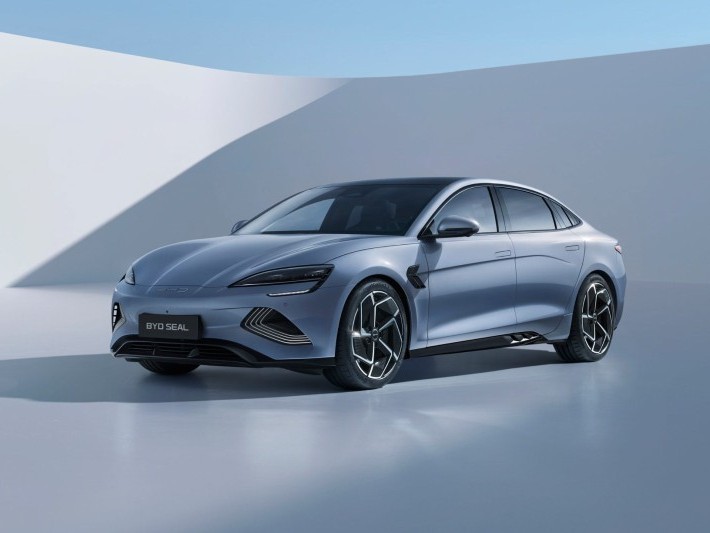
BYD Seal interior design revealed: A fusion of modern technology and luxury
RobertJul 15, 2025
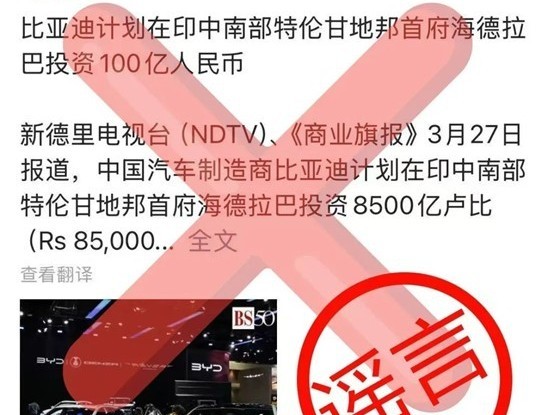
BYD Denies Rumors of ¥10 Billion Investment in Factory in India
JamesApr 1, 2025
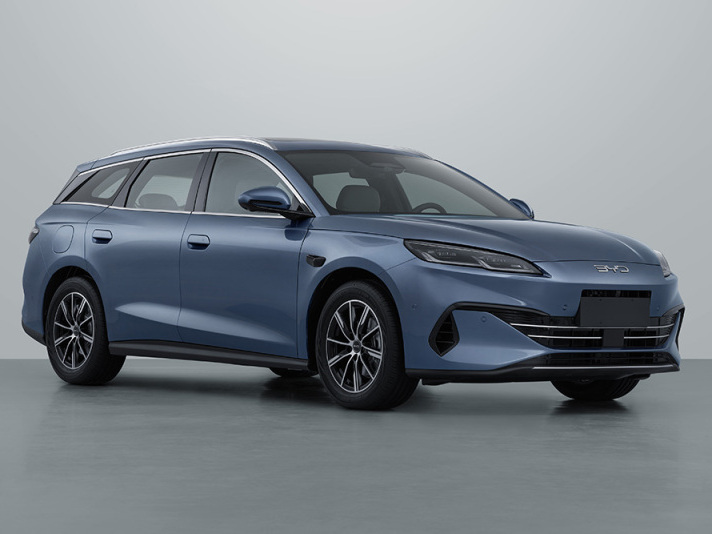
Photos of the BYD Seal 06 Touring Edition Reveal the Brand's Entry into a New Niche Market
JamesMar 24, 2025
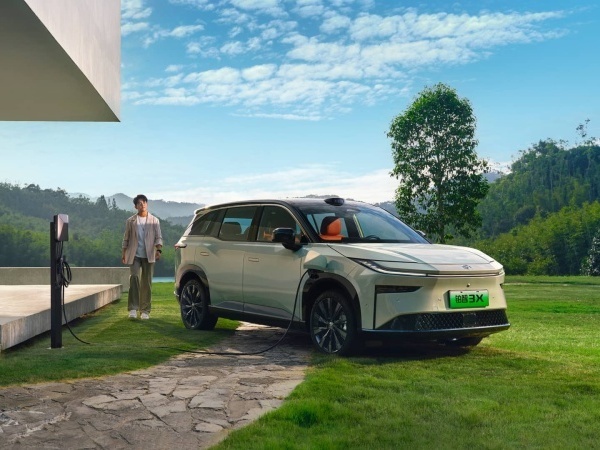
Toyota has released a surprising all-electric SUV in China, priced lower than BYD
LienMar 7, 2025
View More

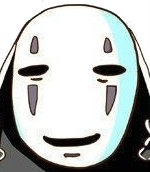
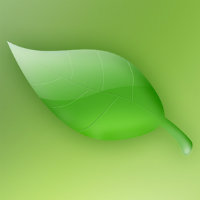
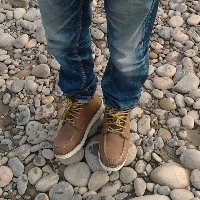










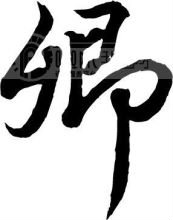
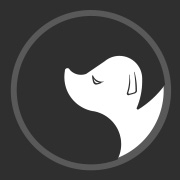

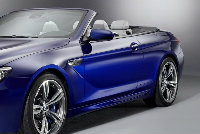
Pros
Cons